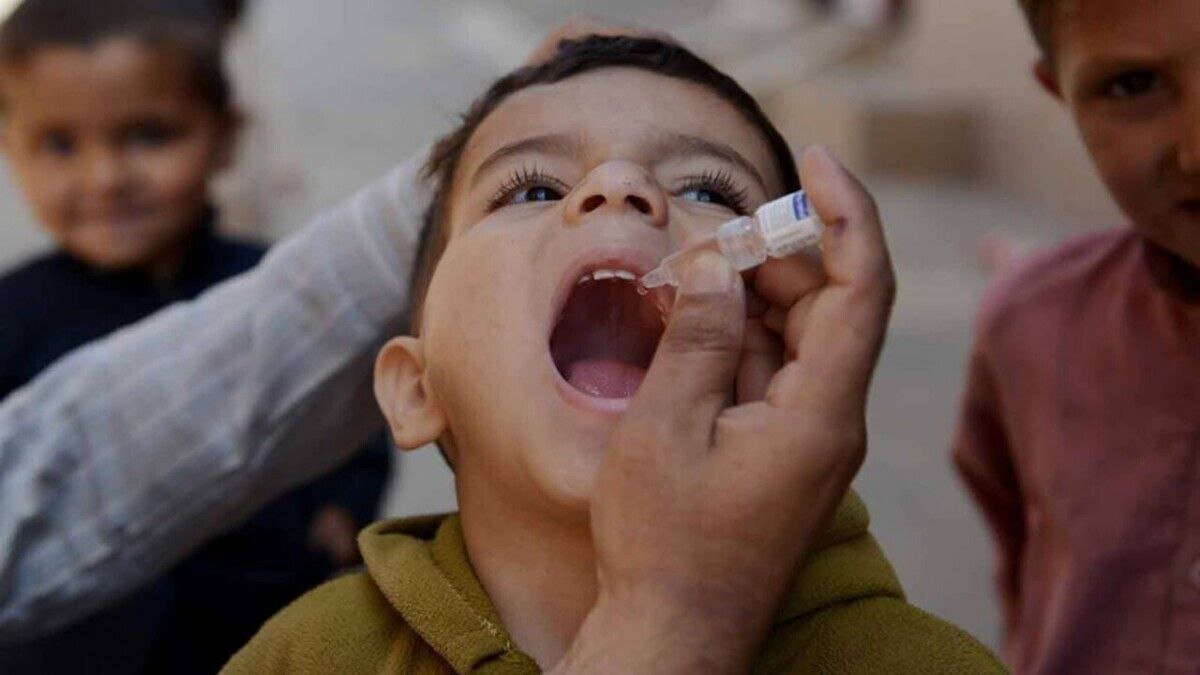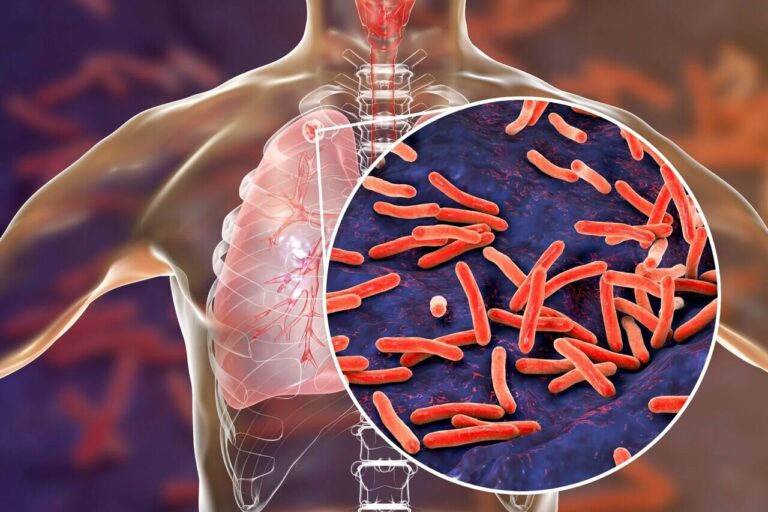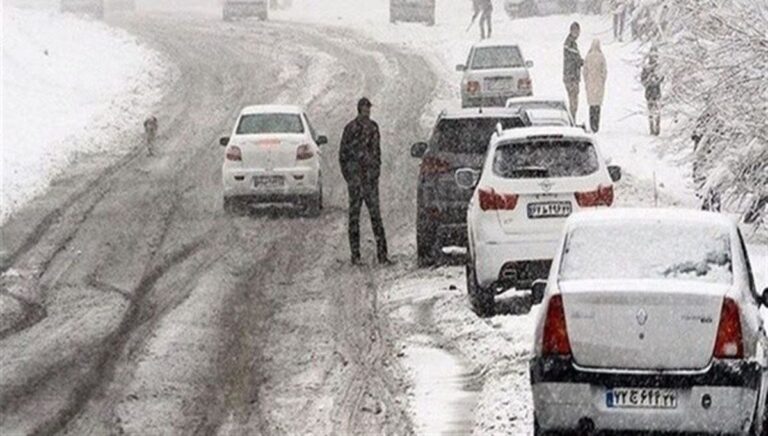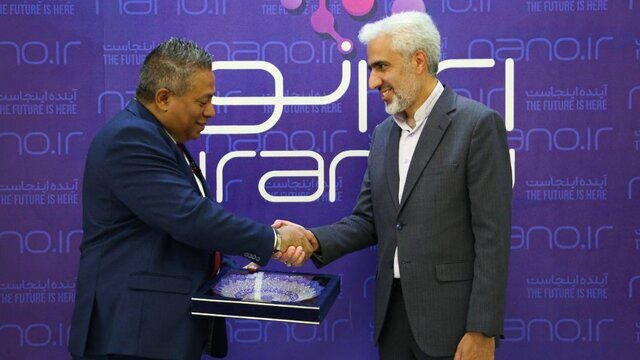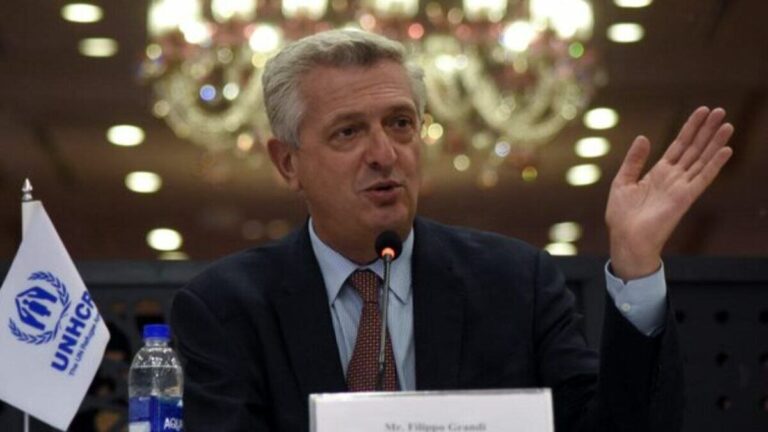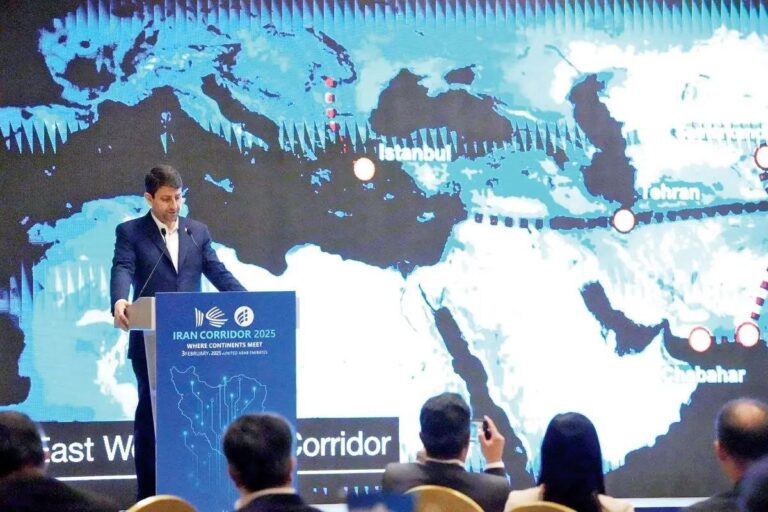High-Risk Areas: Kids Set to Receive Life-Saving Polio Vaccinations!
In a significant public health initiative, the health ministry of Iran is gearing up to launch a comprehensive campaign aimed at vaccinating children against polio in high-risk areas this coming spring. Polio, a highly infectious viral disease primarily impacting children under the age of five, poses serious health risks and can lead to paralysis if not effectively managed. This article outlines the critical details of the upcoming vaccination campaign and the ongoing efforts to eradicate polio in Iran.
Polio is transmitted through person-to-person interactions, predominantly via the fecal-oral route. The virus can also spread through contaminated food and water sources. Once the virus enters the body, it multiplies in the intestine and has the potential to invade the nervous system, resulting in paralysis. The good news is that polio is preventable through vaccination. The polio vaccine, administered in multiple doses, offers lifelong protection against this debilitating disease. The development of effective vaccines has been recognized as one of the major medical advancements of the 20th century.
The supplementary immunization campaign aimed at eradicating polio in Iran commenced in 1994, and thanks to relentless efforts, the nation has proudly remained polio-free since 2000. However, the situation is precarious due to endemic transmission of wild poliovirus in two neighboring countries: Afghanistan and Pakistan. Frequent travel between these nations and the recent surge in Afghan migration into Iran due to political upheaval heightens the risk of polio re-emerging within Iranian borders. Alireza Raeisi, an official from the health ministry, has emphasized this concern.
In 2024, alarming statistics revealed that the number of wild poliovirus cases in Afghanistan and Pakistan surged by four and twelve times, respectively, compared to 2023. This significant increase underscores the urgent need for preventive measures in Iran, according to Raeisi.
This year, the annual door-to-door polio vaccination campaign has been rolled out in two phases, with a month-long interval between each. The campaign specifically targets children under the age of five residing in high-risk regions. Here are some key details regarding the phases:
- First Phase: Conducted from January 4 to January 6, this phase successfully immunized approximately 840,000 children, including both Iranian and foreign nationals, against polio. The campaign was executed by medical universities across several provinces, including:
- Sistan-Baluchestan
- Kerman
- Fars
- Hormozgan
- Bushehr
- Khuzestan
- South Khorasan
- Yazd
- Second Phase: This phase took place from February 15 to February 17, further extending the reach of the vaccination campaign.
Looking ahead, Raeisi indicated that the upcoming campaign in spring will focus on other at-risk regions to ensure comprehensive coverage and protection for all vulnerable children.
The Razi Vaccine and Serum Research Institute has played a crucial role in this public health effort by producing millions of doses of the polio vaccine, thereby saving countless lives. The commitment to vaccination not only protects individual children but also serves to maintain the hard-earned polio-free status of the country.
In conclusion, the health ministry’s proactive approach to vaccinating children against polio in regions at risk is a commendable effort to safeguard public health. As the vaccination campaign unfolds in the coming months, it is vital that communities remain informed and engaged in the fight against this preventable disease. By ensuring that every child is vaccinated, Iran can continue to protect its population from the threat of polio.
